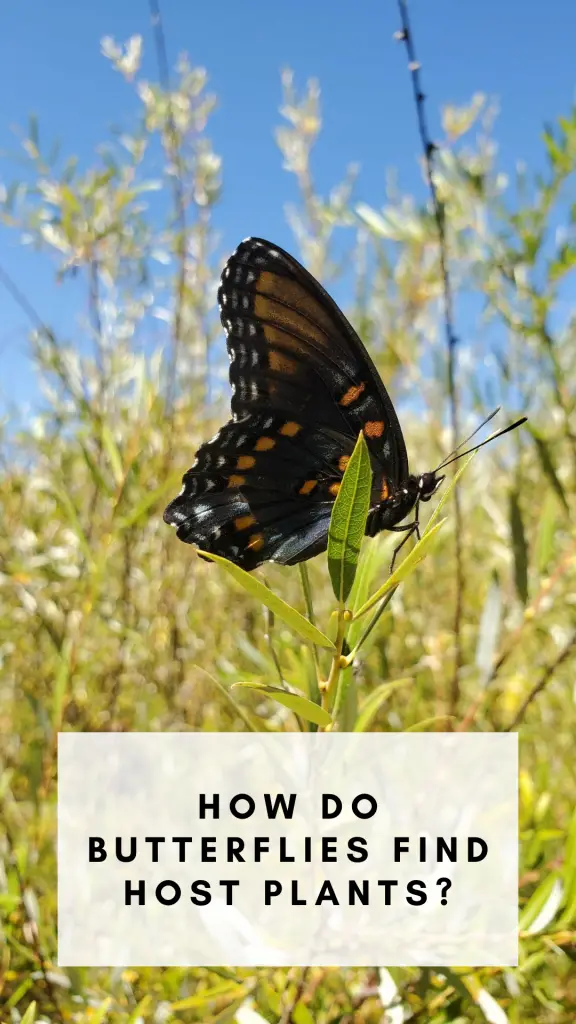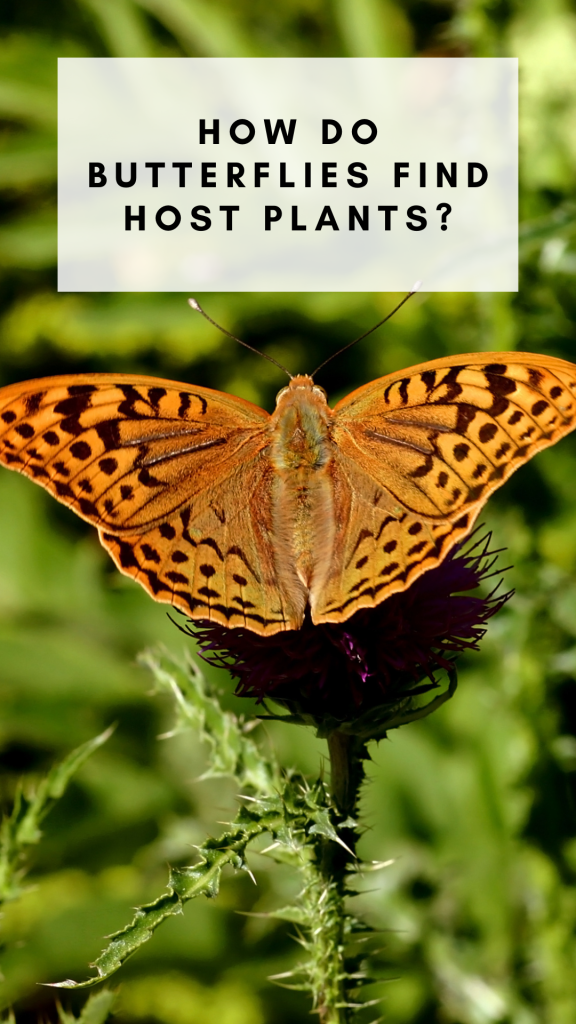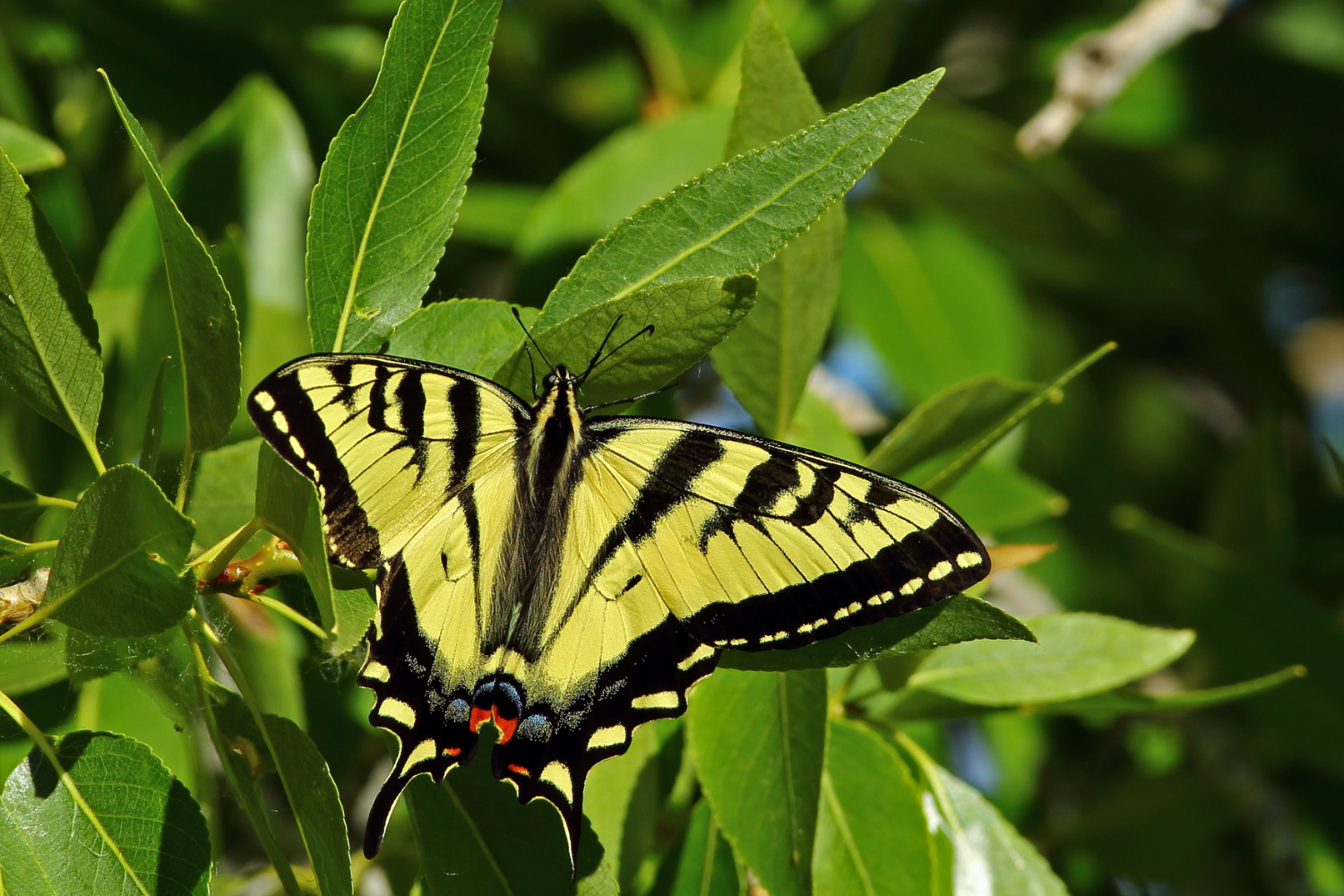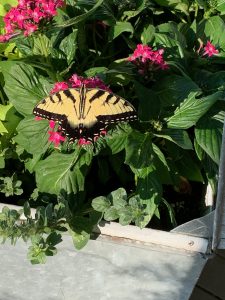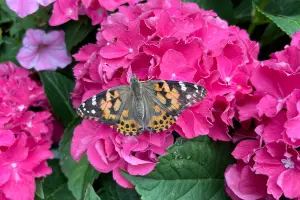Plant it and they will come! Attracting butterflies is as easy as planting nectar plants and host plants in your garden that butterflies love. But have you ever wondered, “How do butterflies find host plants?”

It’s an interesting question because unlike nectar plants, butterflies must find specific host plants to lay their eggs on. The caterpillars of each species will only survive on certain plants.
For example, monarch caterpillars only eat milkweed plants.
Other species like black swallowtail caterpillars can survive on several different host plants, mainly those in the carrot family like parsley, fennel, dill and rue.
So how do butterflies know which plants to lay their eggs on as they flutter around? Simply put, it’s instinct.
How do butterflies find host plants?
Here’s an overview of the strategies butterflies use to find host plants:
Butterflies find host plants by using visual cues.

Butterflies actually have great eyesight! This plays a crucial role in their search for host plants.
They are attracted to specific colors and patterns, which guide them towards suitable plant species.
Butterflies can perceive a broad spectrum of colors, including ultraviolet light, which is invisible to humans.
This allows them to spot subtle variations and patterns on leaves and flowers.
Certain species are particularly attracted to bright, vibrant colors, while others may prefer more muted or pastel shades.
By honing in on these visual cues, butterflies can identify potential host plants from a distance, guiding them closer to their target.
They use their olfactory senses.
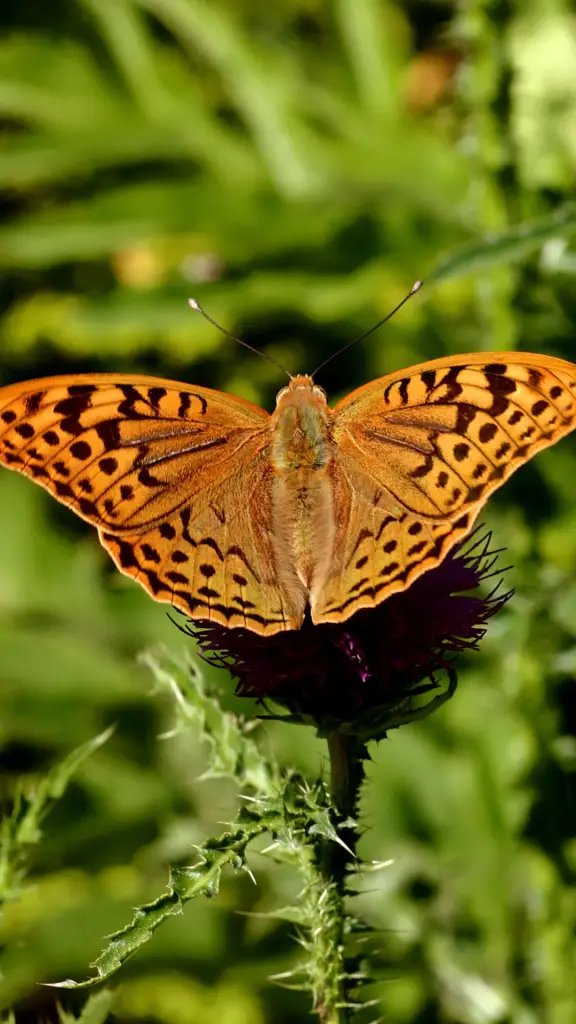
Butterflies also rely on their olfactory senses to locate host plants. Olfactory senses is a fancy way of saying they use their sense of smell.
However, butterfly senses work a little differently than you might expect.
They possess special receptors on their antennae that detect the chemical signals emitted by specific plants.
These chemical signals, known as volatile organic compounds (VOCs), act as aromatic cues. Each plant species emits a unique blend of VOCs that serves as a “scent signature.”
Female butterflies, in particular, utilize their acute sense of smell to find suitable plants for egg-laying.
They can detect the presence of specific host plants from a distance, enabling them to navigate towards the right vegetation.
Essentially, female butterflies use their antennae to smell out the right host plants.
Butterflies find host plants using taste and touch.
You might also be surprised to learn that butterflies have taste receptors on their legs. This lets them sample the chemical composition of leaves and stems.
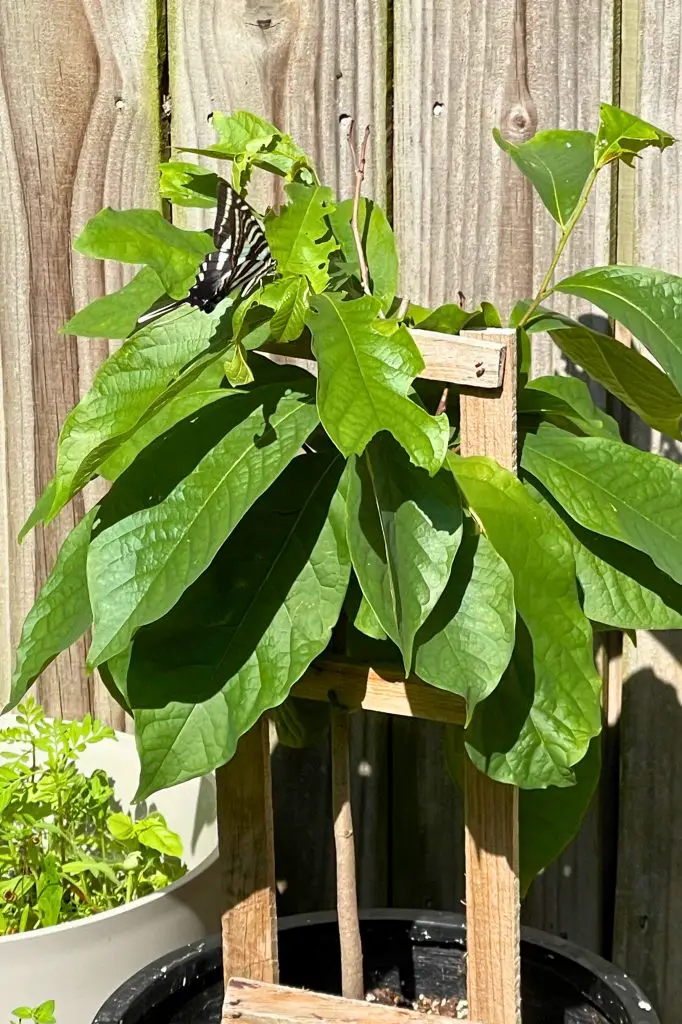
This taste testing is another strategy to help butterflies determine if a plant is suitable for egg-laying or nectar feeding.
After their sense of smell brings them to the right area, female butterflies may use their legs to “taste” potential host plants before deciding to lay eggs on them.
By assessing the chemical cues through contact, they can determine if the plant contains the necessary nutrients and defensive compounds required by their caterpillars.
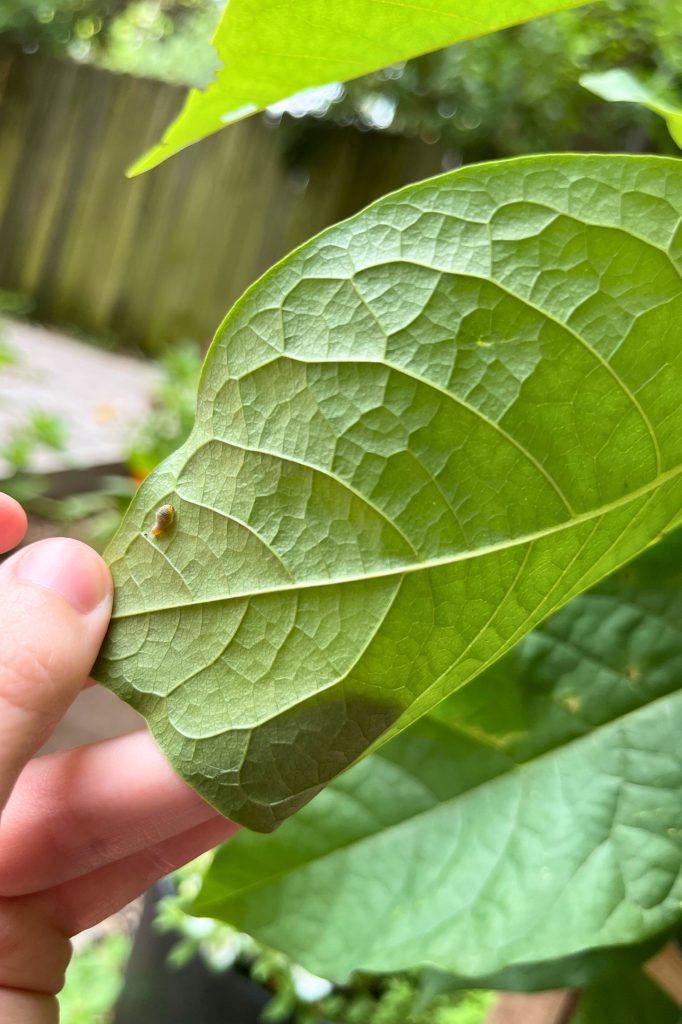
Butterflies have excellent memories and are capable of learning.
Butterflies exhibit remarkable memory and learning capabilities, which contribute to their ability to find host plants.
Once they have successfully located and laid eggs on suitable host plants, they remember the associated visual and olfactory cues.
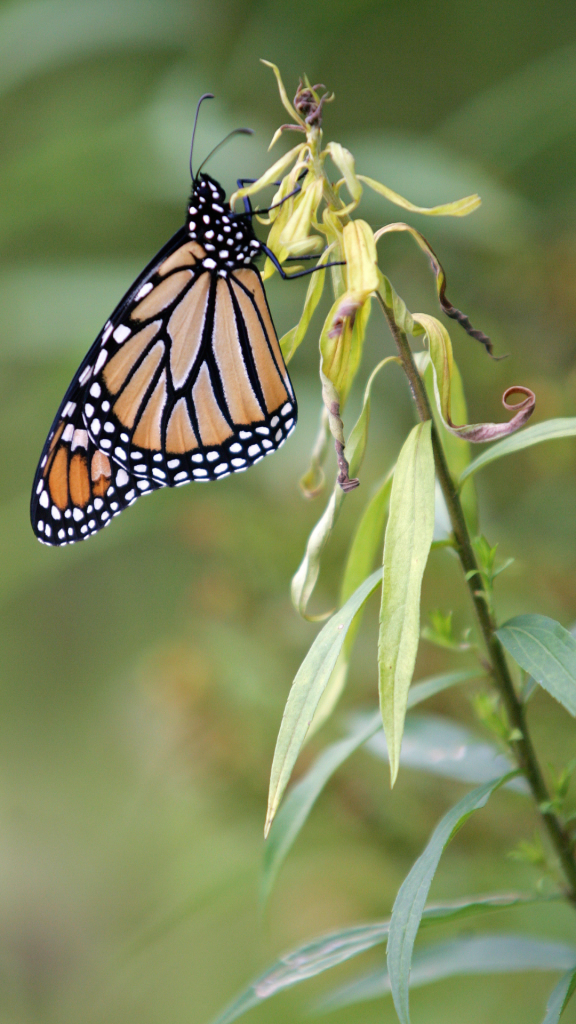
Butterflies can remember the specific plants that catered to their needs and the locations where they found them.
Additionally, they can learn and adapt their preferences based on experiences and interactions with different plant species.
Through a process of trial and error, butterflies learn which host plants best support the survival and development of their offspring.
How cool is that? Butterflies use all their senses to instinctively find host plants to lay their eggs on that will support them through the larva stages!
Learn something new from this article? Pin it to Pinterest!
